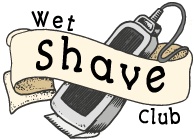Having trouble getting that smooth, irritation-free shave with your electric razor? Don’t worry, we’ve all been there! In the world of electric shaving, it’s easy to make small mistakes that can cause big issues.
From forgetting to rinse your razor properly between passes to using the wrong lubricant, it’s common for many of us to slip up without even realizing it.
If your lather feels as thick as toothpaste or if you’re not sure which lubricant is best for your razor model, you might be guilty of some of these electric shaving blunders without even knowing it.
But fear not! By understanding these mistakes and learning how to avoid them, you can drastically improve the quality of your shave.
In this article, we’ll explore 12 common electric shaving mistakes that you might be making. By tackling these errors head-on, you’ll be on your way to enhancing your shaving experience and achieving a closer, more comfortable shave with your trusty electric razor.
12 Electric Shaving Mistakes You’re Probably Making
Electric shaving can be convenient, but it’s essential to avoid these common mistakes to ensure a smooth and comfortable shave.
1. Following A Wrong Shaving Technique
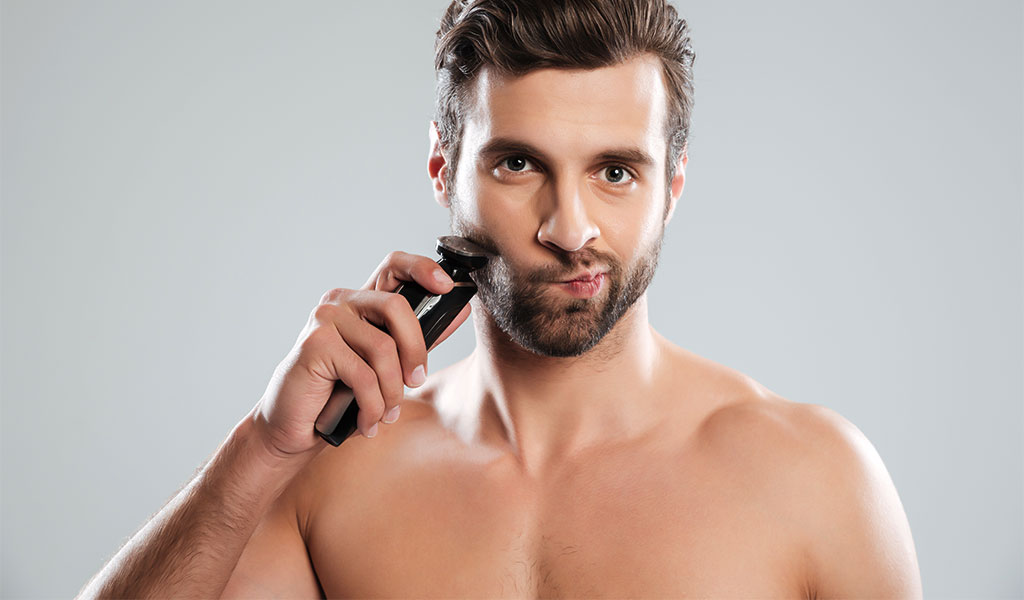
When using an electric razor, make sure you’re following the correct technique. Avoid pressing too hard against your skin or moving the razor too quickly.
Allow the razor to glide smoothly over your skin for the best results. Remember to also clean your electric razor regularly to prevent any buildup of hair or debris that could affect its performance.
Additionally, replace the blades or foils as recommended by the manufacturer for optimal shaving experience.
2. Shaving with a Dull Blade
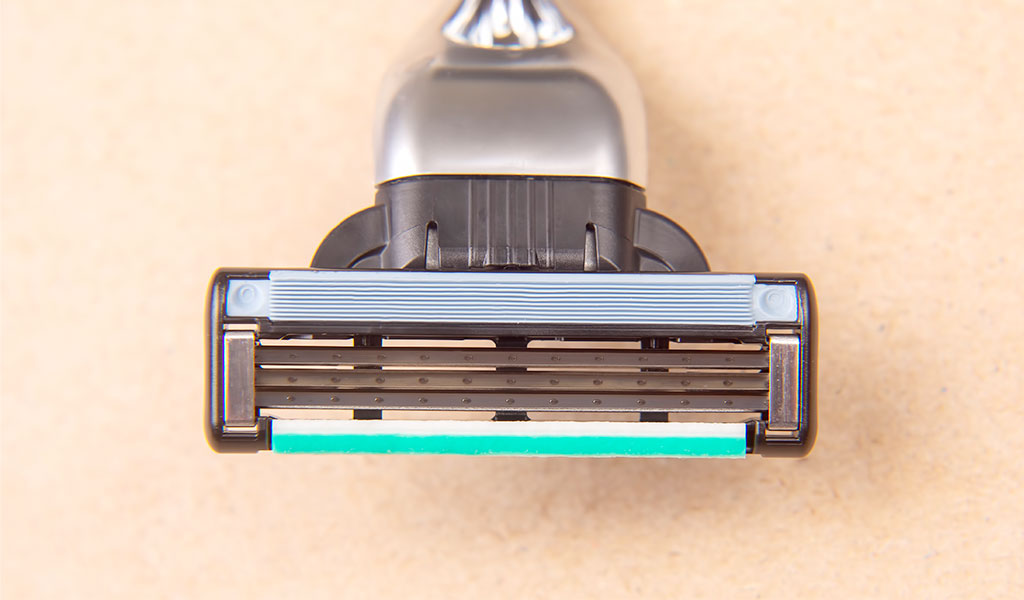
Using a dull blade is a major mistake that can lead to skin irritation and an uneven shave. Make sure to replace blades regularly to ensure a clean and effective shave every time.
Also, applying too much pressure while shaving is a common mistake that many people make. This can cause irritation and increase the chances of nicks and cuts. Remember to let the razor do the work and use gentle strokes for a smoother shave.
3. Shaving Too Fast or Too Slow
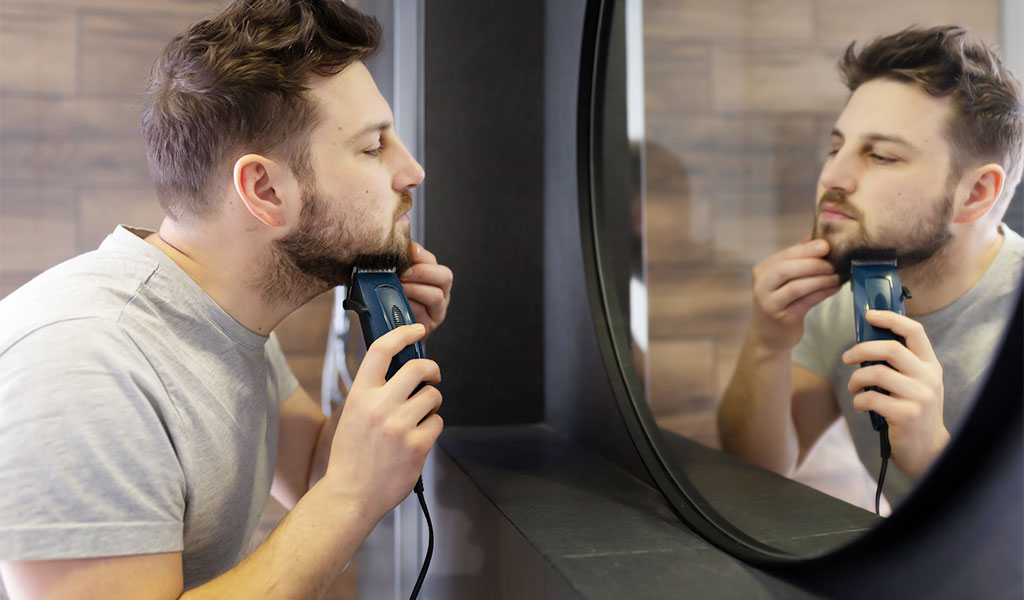
The speed of your shaving can impact the results. Shaving too fast can result in missed hairs, while shaving too slow can lead to skin irritation.
Find a pace that works best for you to achieve a close and comfortable shave. Remember, it’s essential to move the razor slowly and steadily across your skin to catch all hairs.
Rushing through can cause you to overlook spots. Conversely, moving too slowly may irritate your skin. Strive for a balanced pace that ensures thoroughness without irritation.
4. Ignoring Your Skin Type

Everyone has a unique skin type that requires specific care. Consider your skin type when selecting shaving products and techniques to prevent irritation and improve the shaving experience.
Understanding your skin type is crucial for selecting the right shaving products and techniques to ensure a smooth and irritation-free shaving experience.
Different skin types have varying needs, so tailoring your approach accordingly can make a significant difference in the outcome.
5. Not Cleaning Your Electric Razor Regularly
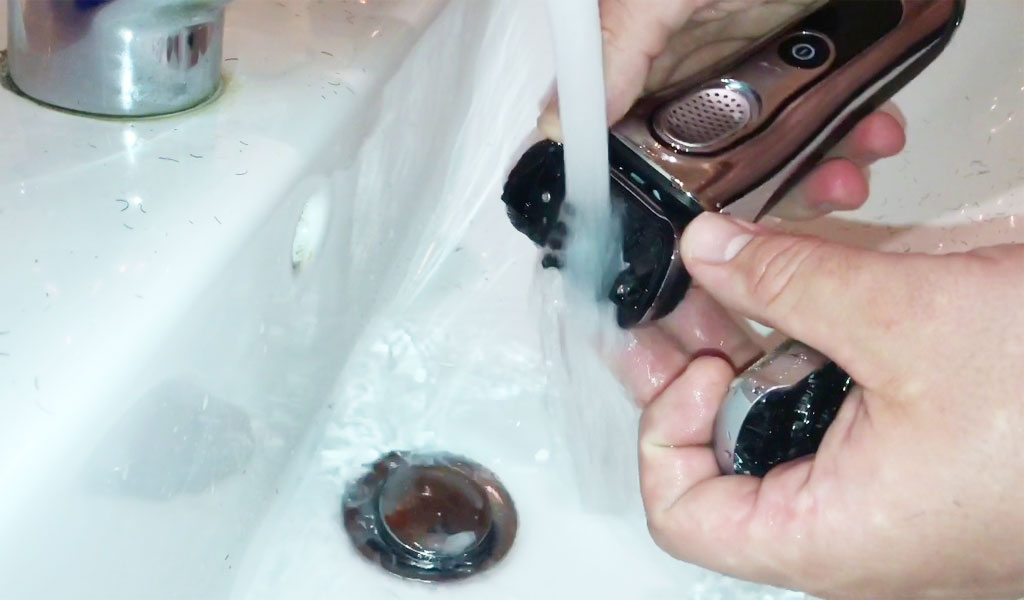
Regular cleaning of your electric razor is crucial to maintain its performance and hygiene. Make sure to clean the razor after each use to prevent the build-up of hair, dirt, and bacteria.
This will also ensure a smoother and more comfortable shaving experience. Neglecting to clean your electric razor regularly can lead to skin irritation and a shorter lifespan for the device.
6. Overlooking Post-Shave Care

Post-shave care is just as important as the shaving process. Apply a moisturizer or aftershave to soothe and hydrate your skin after shaving.
This step can help prevent irritation and promote skin health. Look for products with soothing ingredients like aloe vera or chamomile to calm the skin post-shave.
Hydrating your skin will also help maintain its natural moisture balance and prevent dryness or discomfort.
7. Not Using Shaving Cream or Gel
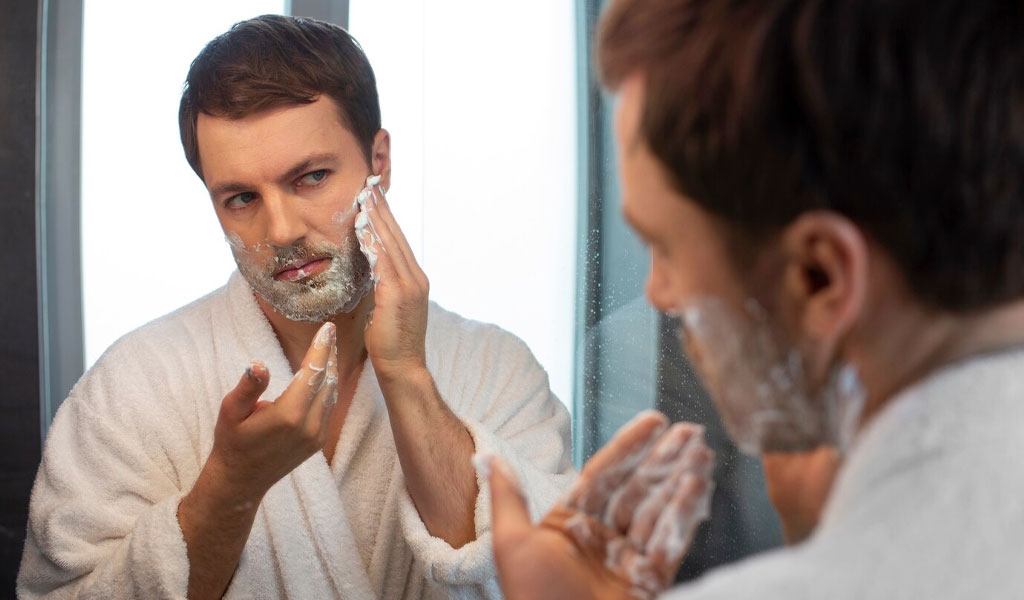
Using a lubricant like shaving cream or gel is essential for a smooth shave. It helps the razor glide easily over your skin, reducing friction and irritation.
Always ensure you have a good layer of lubricant before shaving. This will create a protective barrier between the razor and your skin, preventing nicks and cuts.
Additionally, using warm water to soften the hair before shaving can also improve the overall experience and result in a closer shave.
8. Applying Extra Pressure on the Skin

Avoid the temptation to press the razor too hard against your skin. Applying excessive pressure can cause cuts, nicks, and skin irritation.
Let the razor do the work and glide gently over your skin. Focus on using short, light strokes to achieve a close shave without the risk of skin damage.
Remember, the key is to let the razor’s blades effortlessly glide across your skin for optimal results and minimal irritation.
9. Using the Wrong Angle

The angle at which you hold the razor matters. Make sure to hold it at the correct angle, usually at 90 degrees to your skin, for an effective shave.
Adjusting the angle can help you achieve a closer and smoother shave. When shaving, applying too much pressure is a common mistake to avoid.
Let the razor do the work by using gentle strokes and minimal pressure to prevent irritation and nicks on your skin.
10. Shaving Against the Grain Excessively
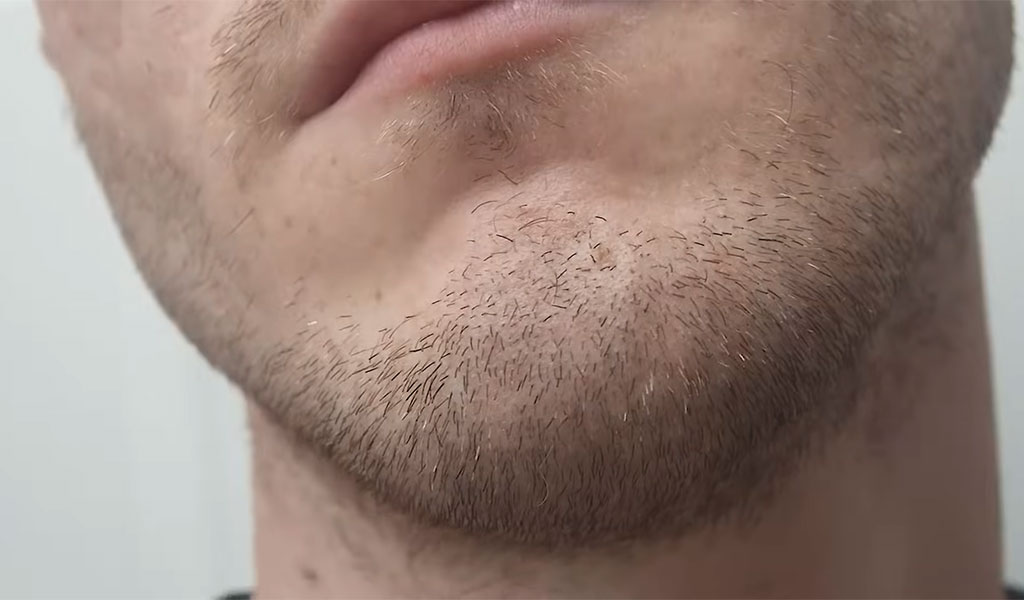
While shaving against the grain can provide a closer shave, doing it excessively can cause skin irritation and ingrown hairs.
Limit shaving against the grain to avoid these issues and protect your skin. Remember to always use a sharp razor blade and gentle pressure to minimize the risk of nicks and cuts.
Additionally, make sure to moisturize your skin after shaving to keep it hydrated and healthy.
11. Not Replacing Razor Parts Timely
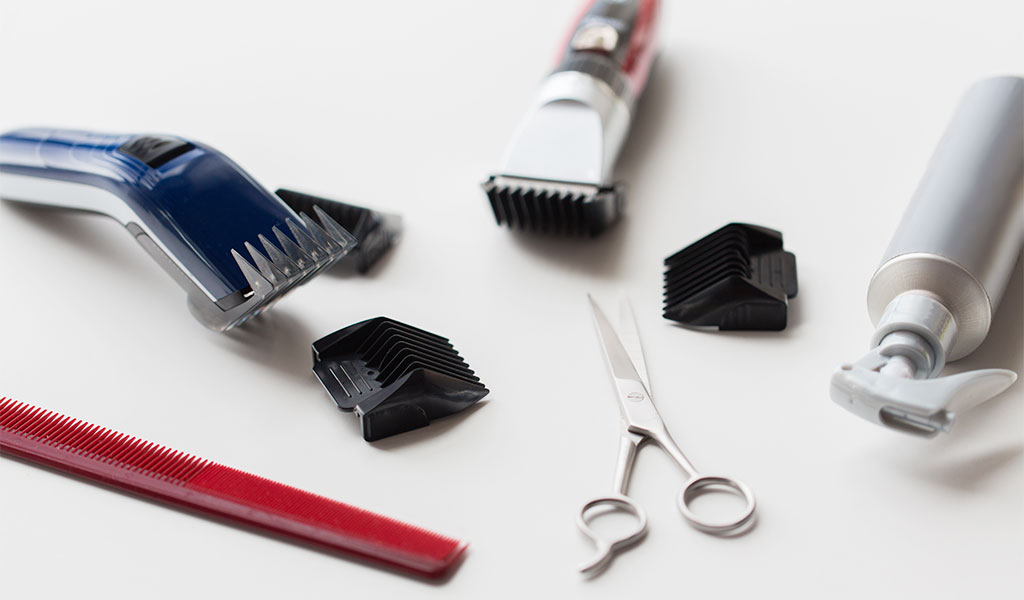
Don’t overlook the importance of replacing razor parts, such as blades and foils, in a timely manner.
Worn-out parts can lead to an inefficient shave and increase the risk of skin irritation. Check and replace parts as needed. Regularly changing razor parts like blades and foils is crucial for a smooth shave and reducing skin irritation.
Neglecting this can result in an ineffective shaving experience, so make it a priority to check and replace worn-out parts promptly.
12. Not Following A Pre-Shave Routine
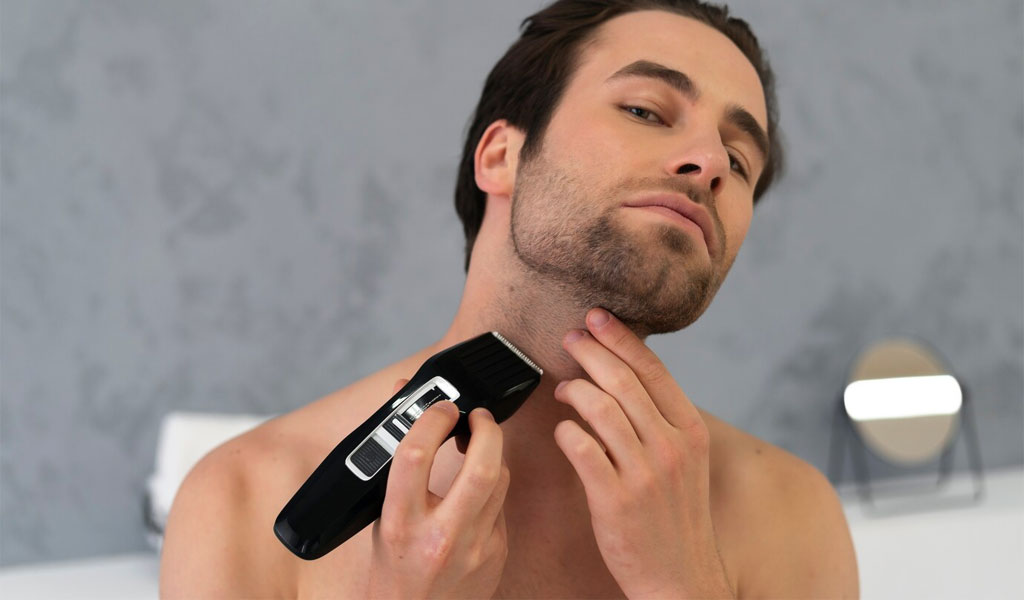
Preparing your skin before shaving is essential for a comfortable and effective shave. Consider a pre-shave routine that includes cleansing, exfoliating, and hydrating to soften the hair and prime your skin for a smooth shave.
Applying a warm towel to your face before shaving can help further soften the hair and open up your pores, making it easier for the razor to glide smoothly across your skin and reduce the chances of irritation or nicks.
Risk Factors of Shaving in the Wrong Way
Using electric shavers incorrectly can lead to various risk factors that affect your skin and shaving experience negatively. Let’s explore some common issues:
Skin Irritation
Shaving improperly with an electric shaver can cause skin irritation, resulting in redness, itchiness, and discomfort. This is often a consequence of using the wrong shaving technique or applying too much pressure on the skin.
Razor Burn
Incorrect shaving methods can lead to razor burn, a painful condition characterized by redness and a burning sensation on the skin. Razor burn is usually caused by shaving too quickly, using a dull blade, or not prepping the skin adequately.
Ingrown Hairs
Shaving in the wrong way can increase the likelihood of developing ingrown hairs, where the hair curls back or grows sideways into the skin. This can lead to painful bumps and inflammation, making the shaving experience unpleasant.
Cuts or Nicks
Improper shaving techniques with electric shavers may result in cuts or nicks on the skin. This can happen when using excessive pressure, shaving too fast, or not being mindful of the direction of hair growth.
Increased Risk of Infection
Shaving incorrectly can create microtears in the skin, increasing the risk of infections. Bacteria can enter these small cuts or irritated areas, leading to skin infections or other complications if proper care is not taken.
Uneven or Patchy Shaving
Not following the correct shaving method can result in uneven or patchy shaving. This can occur when the shaver is not moved systematically over the skin or when the wrong shaving angles are applied, leaving you with an unsatisfactory shave.
Skin Sensitivity Exacerbation
Incorrectly shaving with an electric shaver can exacerbate skin sensitivity, causing discomfort and redness. This can be due to using abrasive techniques or not considering the unique needs of your skin type during the shaving process.
Delayed Hair Regrowth
Shaving improperly can lead to delayed hair regrowth, where the hair follicles become damaged or irritated. This can result in slower regrowth of hair, affecting the smoothness and consistency of your shave.
Be Careful While Choosing the Right Shaver
When it comes to electric shaving, choosing the right shaver is crucial for achieving a smooth and comfortable shave. Here are some key considerations to keep in mind:
Consider Your Skin Type
Before selecting an electric shaver, it’s important to consider your skin type. Foil shavers are ideal for sensitive skin and daily shavers, while rotary shavers work well for longer hair and less frequent shaving.
Understanding your skin’s sensitivity and your shaving routine can help you pick the right type of shaver for your needs.
Careful While Choose Between Foil or Rotary
Deciding between a foil or rotary shaver is a critical choice. Foil shavers are great for a close shave and sensitive skin, with a thin metal foil protecting your skin from direct blade contact.
On the other hand, rotary shavers are better for longer hair and less frequent shavers. Make sure to choose the type that aligns with your shaving habits and skin sensitivity.
Corded Or Cordless
Another important factor to consider is whether you prefer a corded or cordless electric shaver. Corded shavers ensure continuous power, while cordless shavers offer flexibility and convenience. Think about your shaving habits and where you typically shave to determine which option suits you best.
Wet vs. Dry Shaving Capability
If you prefer the option to shave wet or dry, look for an electric shaver that offers both capabilities.
Wet shaving can provide a closer shave and extra comfort, while dry shaving is convenient for on-the-go touch-ups. Choosing a shaver with both capabilities gives you the flexibility to shave according to your preference.
Evaluate Battery Life
When choosing an electric shaver, pay attention to the battery life. Opt for a shaver with a long-lasting battery to avoid interruptions during your shave.
A reliable battery ensures consistent performance and convenience, especially for frequent travelers or those on-the-go.
Check for Ease of Cleaning
Ensuring your electric shaver is easy to clean is essential for proper maintenance and longevity. Look for shavers with detachable heads or cleaning stations that facilitate thorough cleaning.
A clean shaver not only ensures optimal performance but also reduces the risk of skin irritation and infection.
Frequently Asked Questions
How can I avoid common mistakes when using an electric razor?
To avoid common mistakes, make sure to rinse the razor properly, use the right lubricant, and take care of your skin post-shave.
Additionally, use correct shaving techniques and consider your skin type for a closer, more comfortable shave.
What are the risks of shaving incorrectly with an electric razor?
Shaving incorrectly can lead to skin irritation, razor burn, ingrown hairs, cuts, infection, uneven shaving, skin sensitivity issues, and delayed hair regrowth.
It is crucial to use the electric razor correctly to prevent these issues and achieve a smooth shave.
How do I choose the right electric shaver for my needs?
Consider your skin type, choose between foil or rotary shavers based on your preferences, decide between corded or cordless options, evaluate wet vs. dry shaving capabilities, check battery life, and ensure easy cleaning for proper maintenance and longevity. These factors will help you select the most suitable electric shaver for your requirements.
Conclusion
You’ve now learned about the common electric shaving mistakes to avoid, the risks associated with improper shaving techniques, and the key considerations for choosing the right electric shaver.
By recognizing these errors and understanding the importance of proper shaving practices, you can achieve a smoother, irritation-free shave.
Remember to prioritize your skin type, select the appropriate shaver type, and maintain your device for optimal performance.
With this knowledge, you’re on your way to mastering the art of electric shaving and enjoying a more comfortable grooming experience. Make informed decisions, implement best practices, and say goodbye to shaving mishaps for good.
